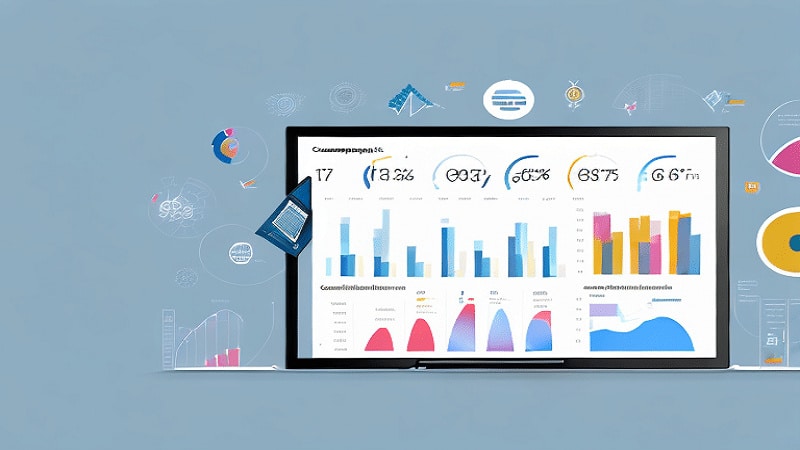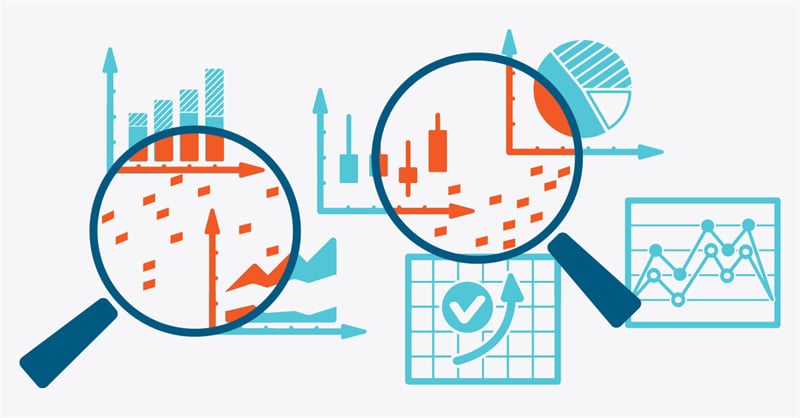
Companies are expanding into a frontier with modernized data infrastructure faster than ever before. According to research by Statista, spending on digital transformation technologies and services is expected to reach over $3 trillion USD by 2026. This continual growth reflects a larger trend that has been occurring over the last two decades: the move to a data-first economy.
In order to handle the expanding volumes of data that businesses have to contend with, investments in IT and cloud infrastructure have skyrocketed since 2010. Alongside improving cloud and on-premise storage facilitates, businesses are always looking for new methods to increase their potential in terms of ingesting and handling new data.
A leading strategy to increase the efficiency of data analytics in business environments is to improve the data preparation process. Data preparation is vital as it covers everything from gathering initial data to structuring it for analysis. By advancing the internal techniques and methods used in data preparation, businesses can save money on data analytics and processing.
In this article, we’ll explore exactly how businesses can streamline analytics by improving their data preparation mechanisms. We’ll touch on what data preparation is, what businesses achieve from a heavy-duty preparation mechanism, and how to improve the data prep process.
Let’s dive right in.
What is data preparation?

The term ‘data preparation’ actually collates a range of different features into one singular action. Raw data that a business collects will enter into the data preparation stage in order to convert it into a more effective format or structure for future analysis. This process is far more complex than simply changing one file type to another.
On the contrary, data preparation actually has a number of steps and functions which may occur sequentially or concurrently:
- Collection and Sourcing – Without raw data, a company has nothing to process. Due to this, the first stage of data preparation is always sourcing raw data that is relevant and useful to a company.
- Cleansing – The first part of data preparation is to meticulously check the data that a company has collected. While raw data may be useful, in its initial format, it could pose a series of challenges that reduce how effective it will be. In this cleansing stage, a business identifies any errors, lapses in consistency, missing values, repetitions, or duplicated data that exists in the dataset. It then begins to remedy these problems.
- Transformation – After cleansing the data and ensuring that it has as high a baseline quality as possible, it moves to the transformation stage of preparation. Not all data comes in a regimented and structured format. On the contrary, around 90% of business data is unstructured, making it more difficult to work with. The transformation stage will convert unstructured and semi-structured data into more useful formats. This could also include aggregating different data sets or scaling data.
Beyond these core stages, data preparation will also move through steps that help to increase the overall quality of data and synthesize a final product that is more compatible with the analytical system that the company seeks to employ. These other stages could include investigating any missing values in the data and estimating them by extrapolating from the original data or integrating two datasets to provide a richer nexus of context.
What are the benefits of enhanced data preparation?
Although the series of analytical and storage tools for data that we have at our disposal mean that businesses can indeed work with raw or unstructured data, data preparation is a standard step in the data pipeline as it makes working with the data significantly easier.
There are numerous benefits to enacting an effective data preparation plan.
Improved data quality and accuracy
By cleaning, standardizing, formatting, and organizing data, businesses are able to produce a final product that is much more useful to analytical systems. For businesses that plan on using their data for further analysis to produce actionable insights, a standardized form of high-quality data is vital.
The data preparation process also increases the accuracy of data, helping to reduce errors and mitigate any wasted resources that may arise from analyzing low-quality data.
Boosted analytical effectiveness
Well-prepared data radically increases the speed with which data analysts can work with data and produce insights. Especially in competitive markets, the speed of production which prepared data facilitates can be the difference between staying ahead of a trend or falling behind competitors.
If your business wants to rapidly produce insight and visualizations, then well-prepared data will be vital to your core operations.
Cost savings
Data preparation also helps to improve a company’s bottom line as it reduces the total amount of resources that they have to spend on data analytics. While the process of cleaning and structuring data does have a higher cost, the final product’s excellence far outweighs this additional change.
Equally, without spending employee time and physical resources conducting additional analysis on data formats that are difficult to work with, you’ll be creating a huge cost saving for your business.
What happens to prepared data?

After an extensive preparation process in which data is structured, restructured, and organized for efficiency, it is then passed to a company’s centralized storage repository. While the leading storage location 10 years ago was on-site and on-premise, the cloud has become the go-to solution in recent years.
Cloud data warehouses, especially those that are leading the sector, offer an incredible set of resources, tools, and storage solutions for businesses looking to scale. For example, when comparing Apache Pinot vs Druid, two leading providers, both offer an extensive selection of benefits that far outweigh competition from similar on-premise solutions.
Businesses store processed data in their storage architecture, collecting it on one central site that then facilitates easy analysis and further investigation. This central pillar of data architecture also readily connects to further tools, like data visualization platforms or business intelligence tools.
Final Thoughts
Data preparation is a vital stage in the data pipeline, allowing businesses to rapidly ingest new data, organize and structure it for analysis, and transfer it to analytical tools. These tools are vital for a company’s growth, as they allow for data-driven analytics with more precision and flexibility.
While improving the data preparation process may take a lot of upfront work and reorganization, it pays off in dividends. For companies that want to become data-enhanced over the coming months, an effective data-first process that starts with clear preparation and ingestion principles could be the catalyst for future successes.










